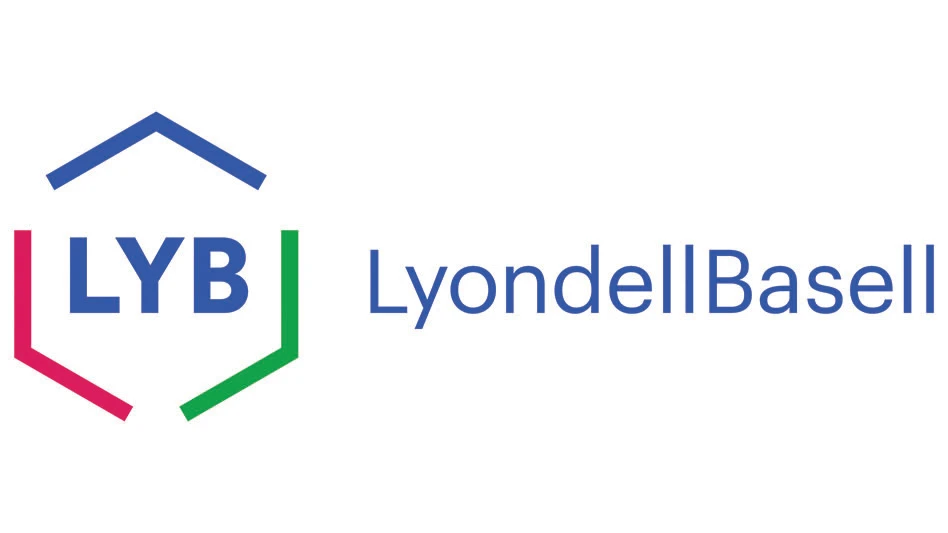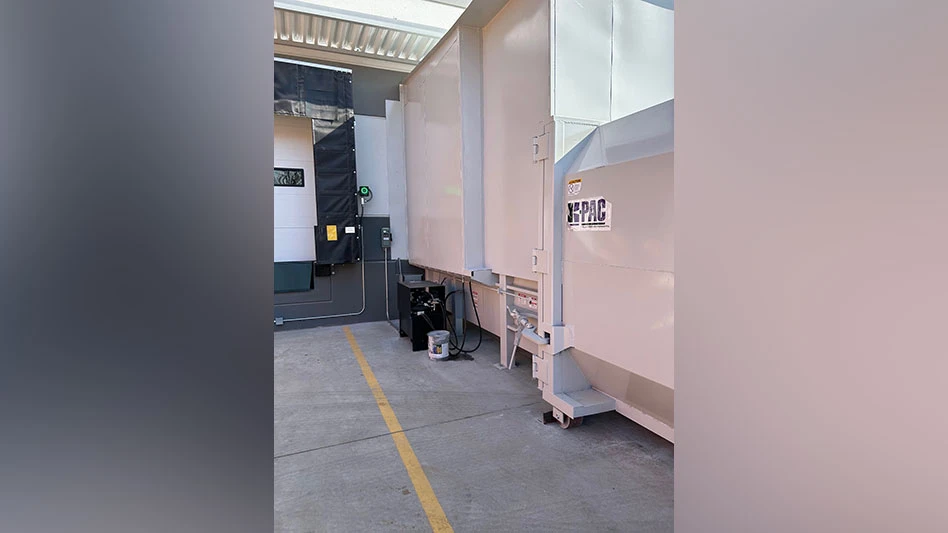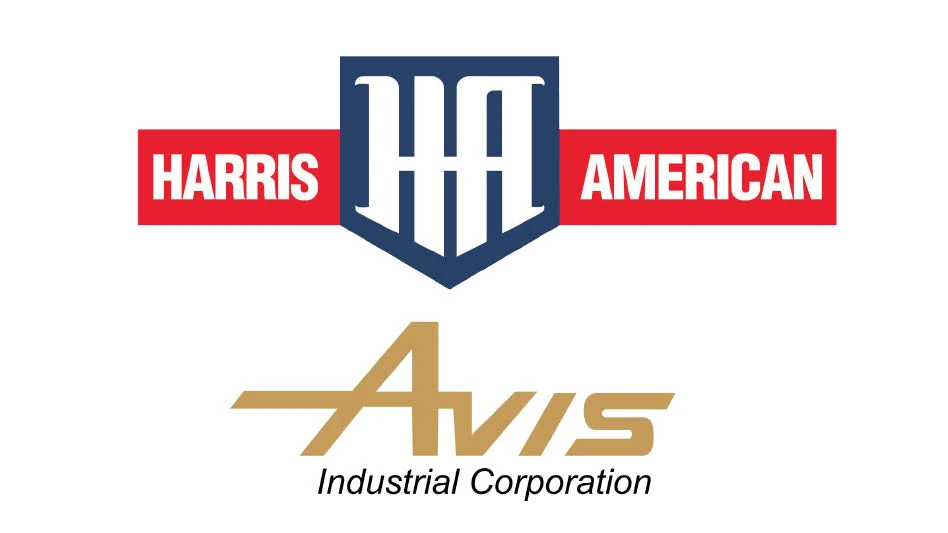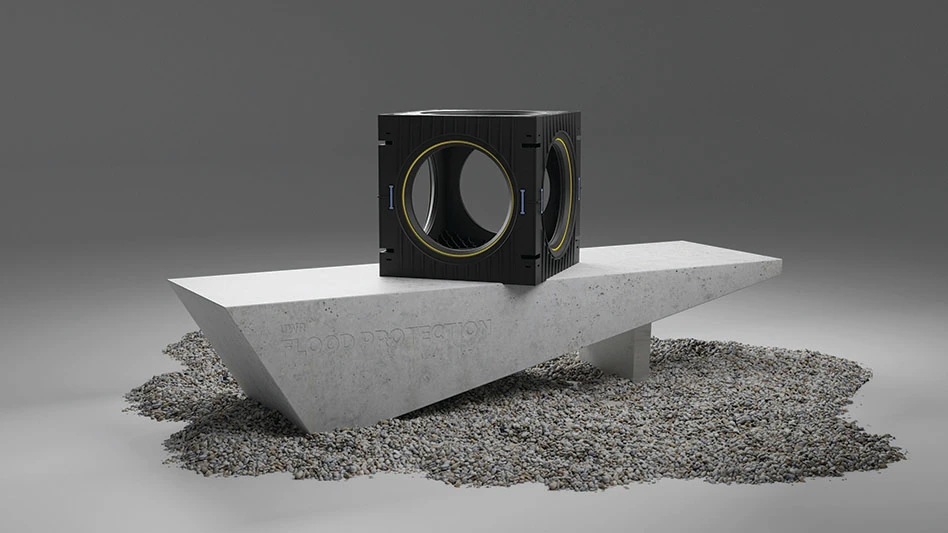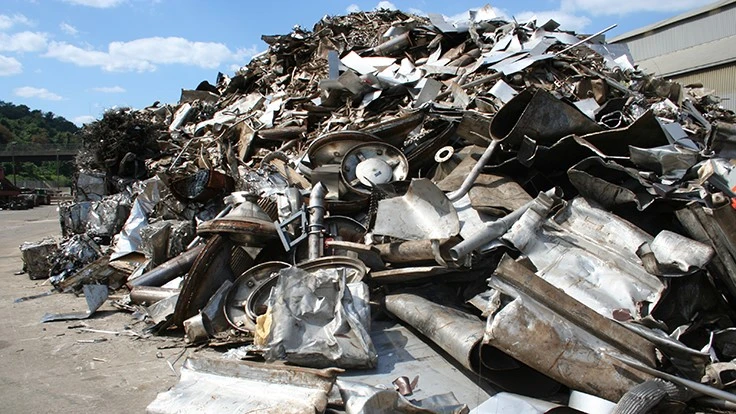
Recycling Today archives
Luxembourg based stainless steel producer Aperam S.A., which owns scrap processing and trading firm ELG, has placed circular economy aspects of its operation front and center in a 71-page set of slides created for its 2022 Capital Markets Day event.
Aperam CEO Tim Di Maulo was first to present and quickly listed circular economy tenets and spelled out how Aperam has incorporated them into its operations.
Stainless steel has “endless recycling potential without loss of properties,” said Di Maulo, and has the potential to be made with 100 percent recycled content “in a less consuming society,” according to the CEO.
“We minimize the impact on our planet by creating the circular product of the future,” said Di Maulo.
In a later slide, the company’s Chief Strategy Officer Vanisha Mittal refers to scrap as “our key raw material.” She also refers to Aperam and its subsidiaries as a “global leader in recycling of stainless steel scrap and super alloys” and credits the Recyco business unit for its ability to “recover metal from dust, mud, residues, ash, etc.”
Di Maulo, providing an update on ELG operations, says the scrap recycling business unit handled 1.2 million metric tons of metal in 2021, operating from more than 50 locations in 18 countries. That overview includes Utica Alloys in the United States, which specializes in the “trading, processing and recycling of titanium, titanium-based and nickel-based super alloys.”
The CEO also refers to stainless and super alloy scrap as a complex material stream, making it a “value adding business.”
Aperam calculates that rising global stainless steel production is creating a growing stainless scrap reservoir. The firm cites an internal analysis by ELG that calculated a stainless scrap reservoir of 106 million metric tons in 1996 that grew to 272 million metric tons by 2015 and is on track to reach 440 million metric tons by 2025.
Latest from Recycling Today
- Enfinite forms Hazardous & Specialty Waste Management Council
- Combined DRS, EPR legislation introduced in Rhode Island
- Eureka Recycling starts up newly upgraded MRF
- Reconomy Close the Gap campaign highlights need for circularity
- Nickel carbonate added to Aqua Metals’ portfolio
- EuRIC, FEAD say End-Of-Life Vehicle Regulation presents opportunity for recyclers
- Recyclers likely to feel effects of US-China trade war
- BCMRC 2025 session preview: Navigating battery recycling legislation and regulations

